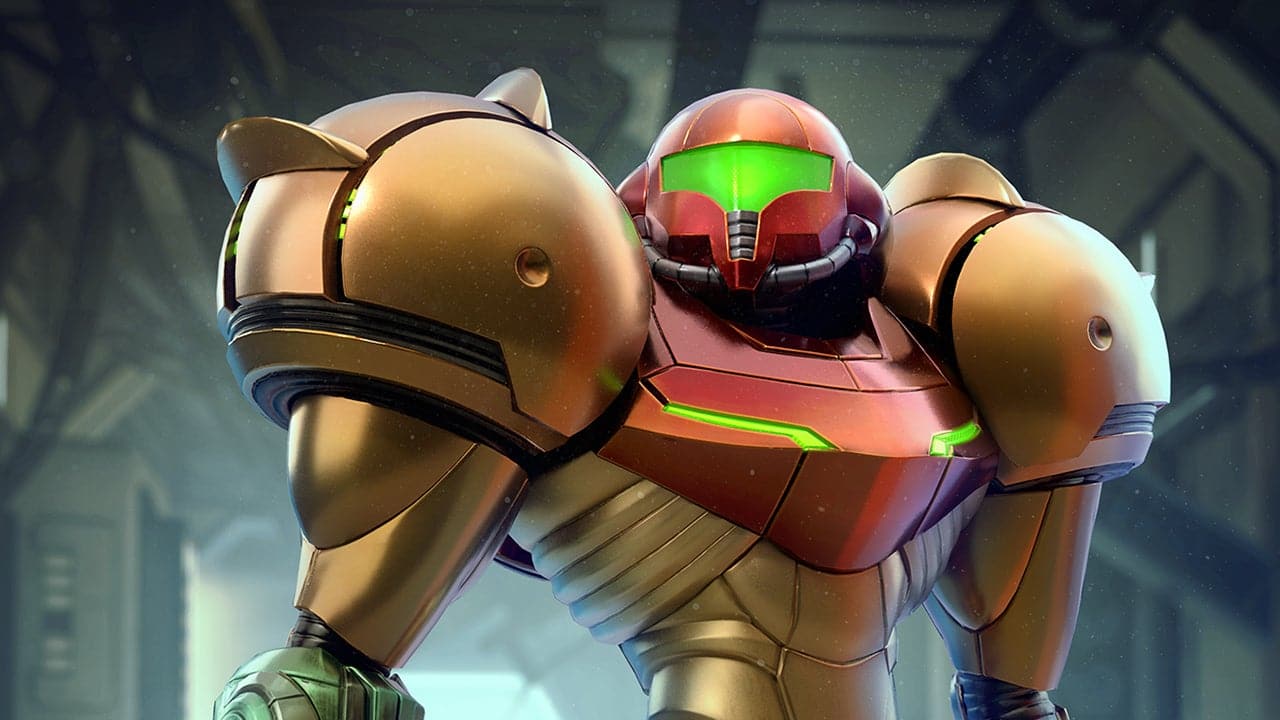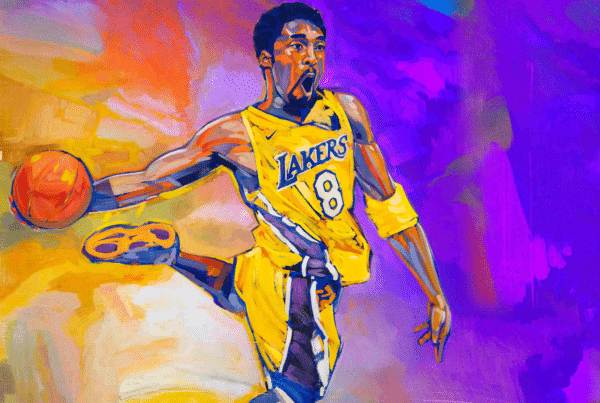It will be no different for FIFA 23. The game, which boasts flashy marketing terms like Hypermotion 2.0, has animations enhanced with the help of AI learning, and gives women’s soccer a more prominent place than ever before – with Sam Kerr even serving as a cover athlete alongside Kylian Mbappé – has already found its way to thousands of consoles and PCs. Audiovisually, it is the most impressive and complete soccer game you can get. Complete match presentations are recreated and the arsenal of available licenses is greater than ever, headed by the two World Cups taking place this season and the English and French leagues for women’s teams.
 Janco Tiano was secretly Jan Tian
Janco Tiano was secretly Jan Tian
How different it was thirty years ago. The soccer game EA was working on in Vancouver would appear before the 1994 World Cup. Soccer only slowly became more popular in the United States after that, but EA was a company hugely focused on the American market. A soccer game? That was far from everyone’s cup of tea. Still, team leader Bruce McMillan managed to get the project off the ground. With a relatively small team that included Jan Tian and Brian Plank, McMillan delivered the first FIFA game at the end of 1993. To give the player a sufficient overview and simulate the idea of depth, the developers opted for an isometric perspective, allowing you to see the action on the field obliquely from above. Licenses the game did not have; you played with country teams filled with largely made-up names, with a few exceptions. Jan Tian immortalized himself as Brazilian superstar Janco Tiano, and Brian Plank popped up on the German team.
Feud between EA
The success of FIFA International Soccer was overwhelming: in four weeks, so many copies of the game flew over the counter that it was immediately the best-selling game of the year. This was impressive, because the soccer game market already had some very appealing titles like Sensible Soccer and Kick-Off. FIFA wiped the floor with them and its success was quickly built upon. In late 1994, FIFA 95 was released, which included club teams for the first time, although they were still made up of fake players. A year later, FIFA included over three thousand real names for the first time. Those real names have always remained, although FIFA never really had all the licenses at once. When the Dutch Football Association demanded more money for the use of the names and likenesses of the Dutch internationals, a conflict arose between EA and the KNVB, so the Dutch national team was filled with fake players for years. Leading up to the release of FIFA 10, the game maker and the
Dutch Football Association found each other again, and made-up stars like Hans de Noteboom were able to retire.
In the shadow of PES
The return of the Dutch national team happened to coincide with what could be described as “the return of FIFA. Between 2000 and 2010, EA’s soccer game may have continued to dominate sales most of the time, but in terms of quality, at least halfway through that decade, it was invariably – and comfortably – trumped by a Japanese, far less capital-rich competitor. Konami managed to steal the hearts of many “footie fans” with Pro Evolution Soccer. For that group of gamers, some of the PES games released in those years are among the best (soccer) games of all time and there has never been a FIFA game that can even stand in its shadow.
Ultimate Team: for the first time in a Champions League game
Around 2010, the tide began to turn in FIFA’s favor, and not entirely by accident. For at that time, FIFA contained another aspect that would radically change the future of the game. Several years earlier, EA had already experimented with a game mode in the UEFA Champions League 2006-2007 game in which collecting players was central. Users could assemble an “ultimate team,” so to speak, from the available Champions League players. The mode did not yet catch on, but in 2008 it was different. FIFA 09 was the first edition to include “FIFA Ultimate Team,” and eventually about a million gamers ventured into this new game mode. The history is well known: Ultimate Team grew to become the most important game mode and also became the foundation of all e-sports activities around FIFA, as the best FIFA players in the world use their own FUT teams in it.
 Searching for new ideas
Searching for new ideas
In recent years, it proved increasingly difficult for EA Sports to add new elements that had just as much impact. Licenses were added, but since the main leagues were always there, the added value of all those new, more exotic leagues was relatively less. New game modes were added with story mode The Journey and the street and indoor soccer-focused Volta, and while these were entertaining in their own right, they didn’t grow into anything more than “fun extras. The bulk of gamers engaged in FUT, the online game mode Seasons or the Career Mode. Pro Clubs also slowly gained popularity. You could say that Pro Clubs is the most realistic way to mimic real soccer online. In this mode, each player plays only with his own soccer player. So you do not control the whole team, but have to ask your teammates for the ball and make sure you are free. In this way, it is possible to play online eleven against eleven.
Women’s teams
So over the years, FIFA has become an enormously versatile game that you can play in many different ways. For example, we haven’t even mentioned the debut of women in the game, in 2015, but they do provide a nice bridge between this brief overview of how thirty years of FIFA has roughly gone and the new – and latest – FIFA game. Once upon a time, FIFA was a game where you could play a tournament or a league. Since then, the game has grown into so much more. You could describe some of the individual modes as separate games within the game. Now there will be gamers who try out every aspect of the game and play everything, but especially if you’ve been playing FIFA for years, you probably have your “regular” section where you spend your time primarily. Those who do that in FUT get little notice of the innovations in Career Mode or Pro Clubs, and the same is true the other way around. But whether you play FUT, Career or Pro Clubs or anything else, you do want “your” FIFA to be sufficiently updated from last year’s version. That turns out to be a difficult, if not unachievable requirement.

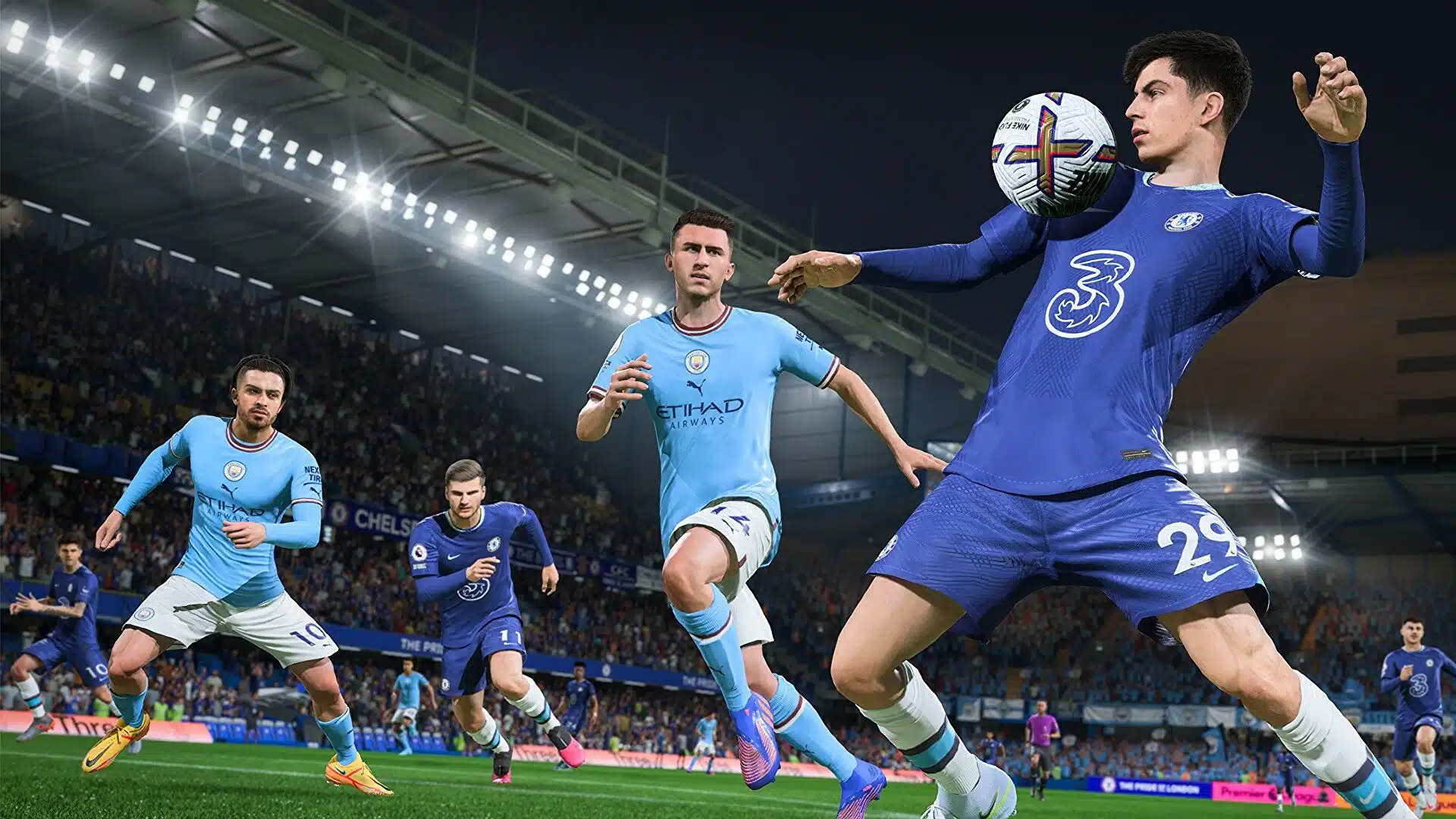
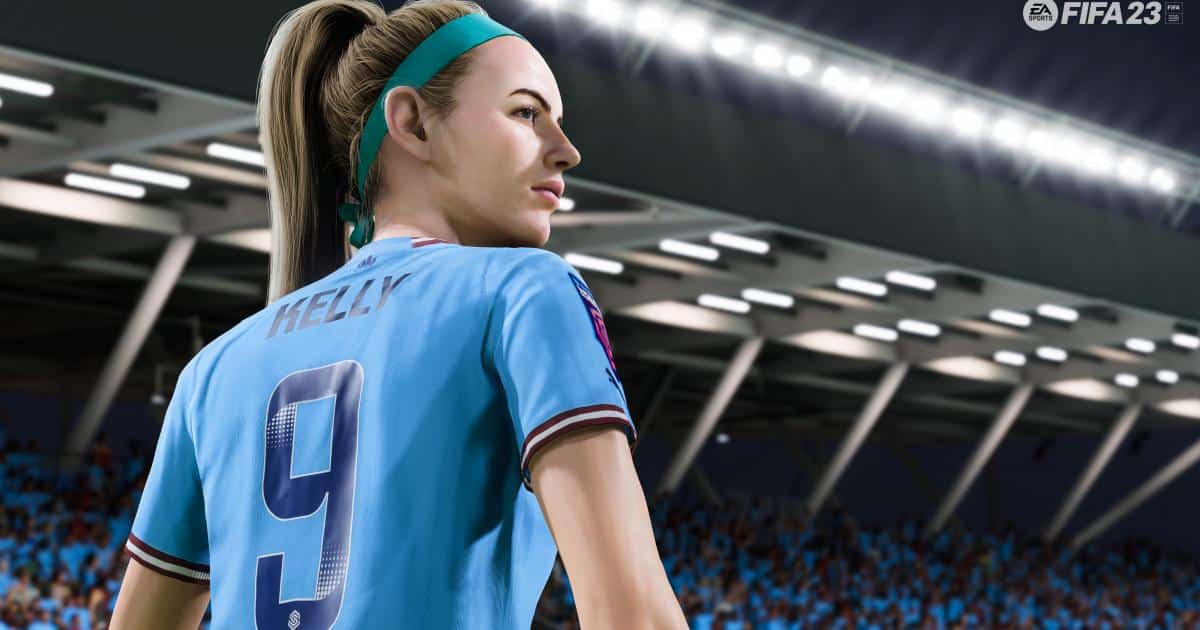 Janco Tiano was secretly Jan Tian
Janco Tiano was secretly Jan Tian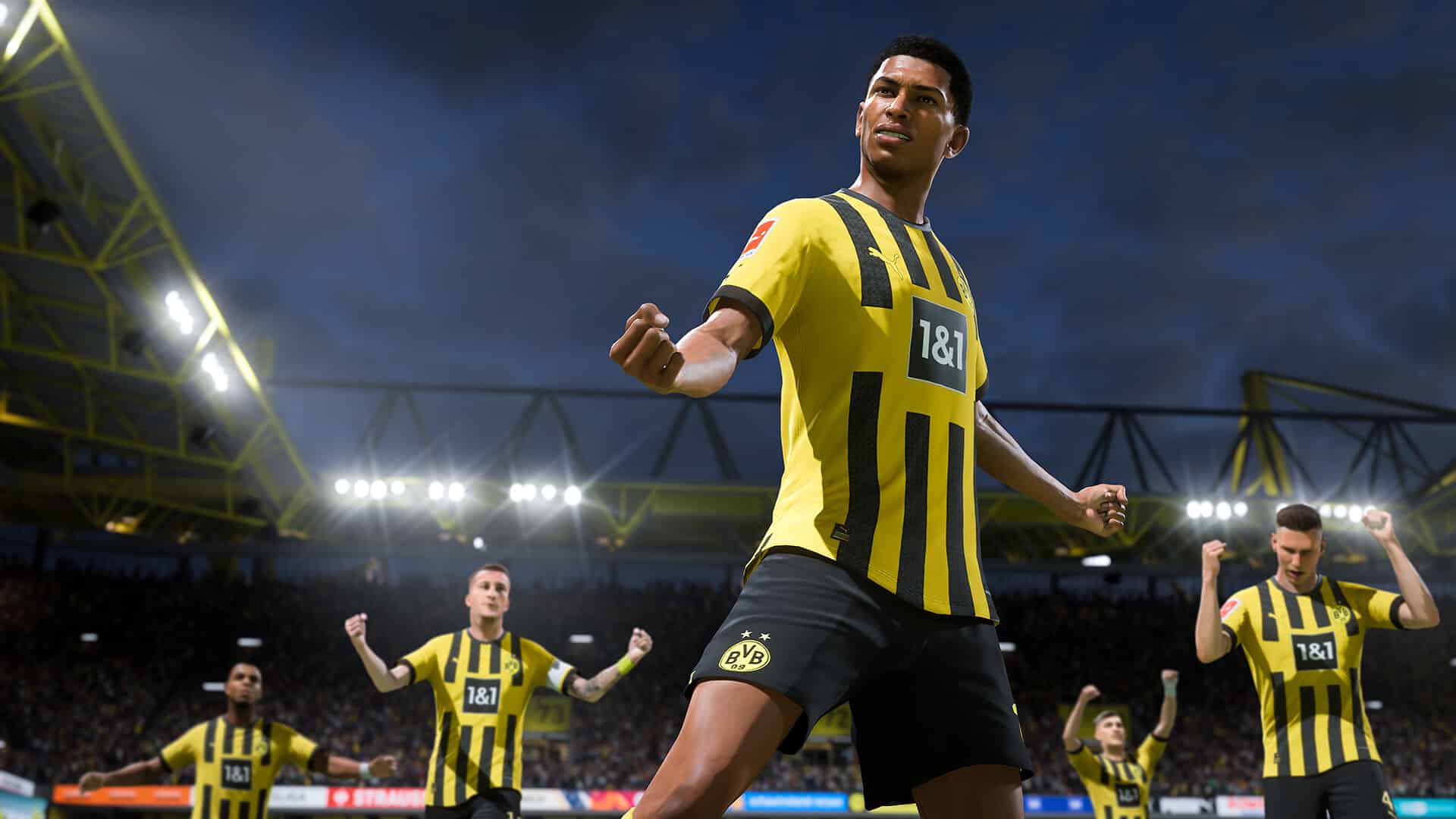
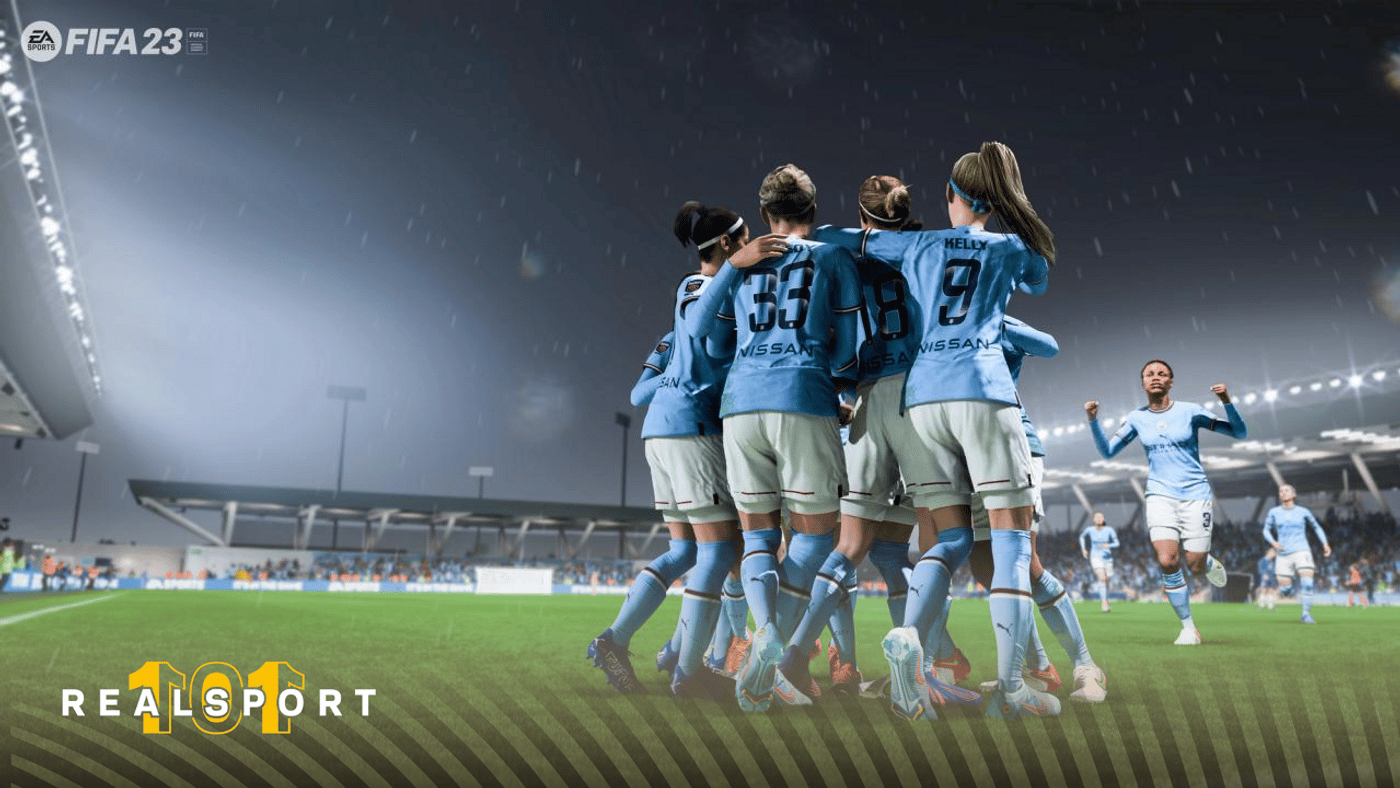 Searching for new ideas
Searching for new ideas